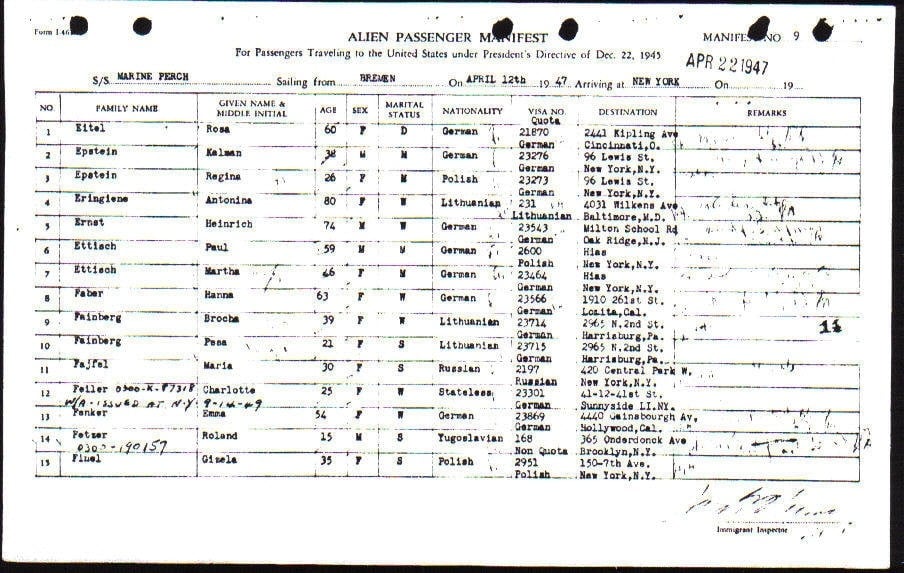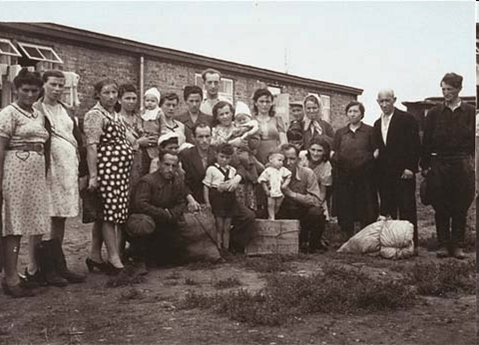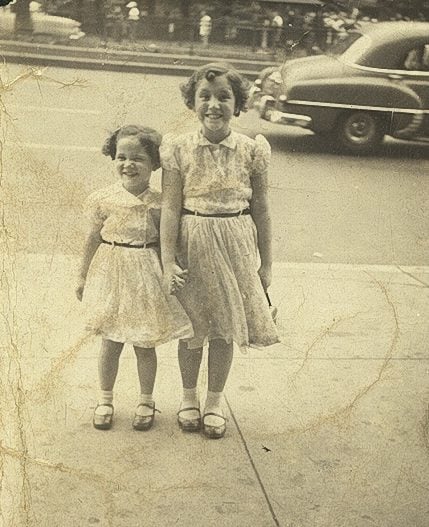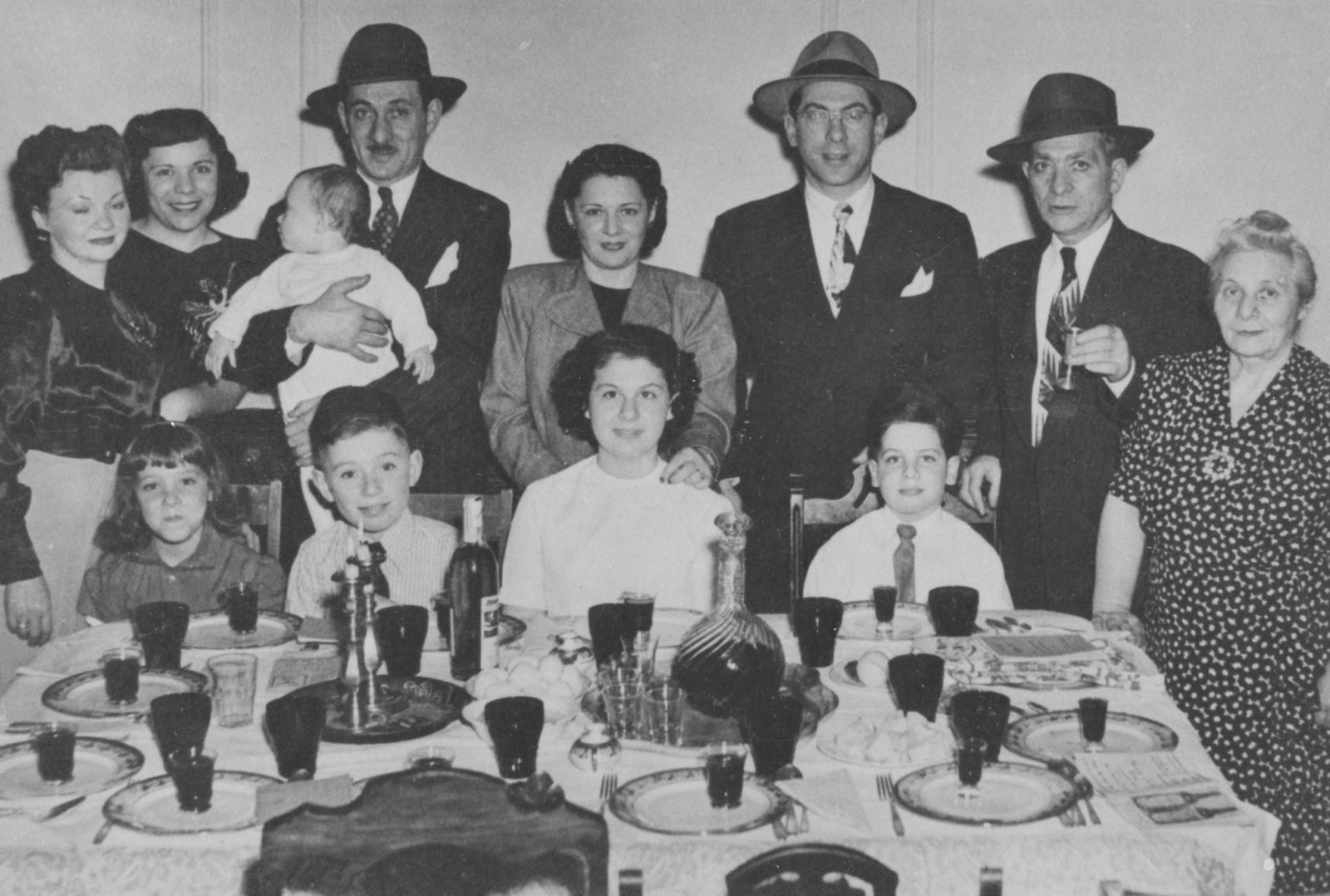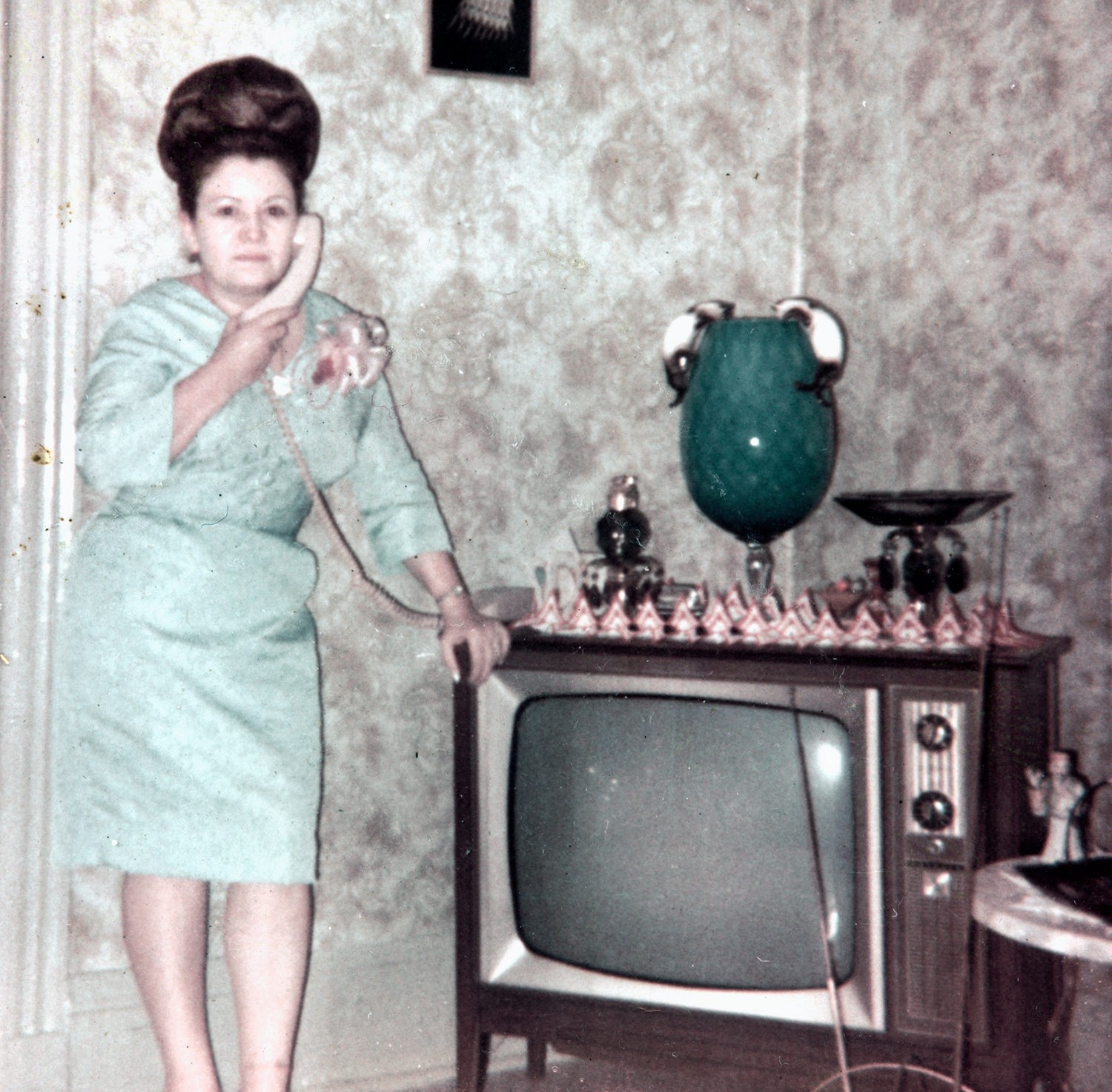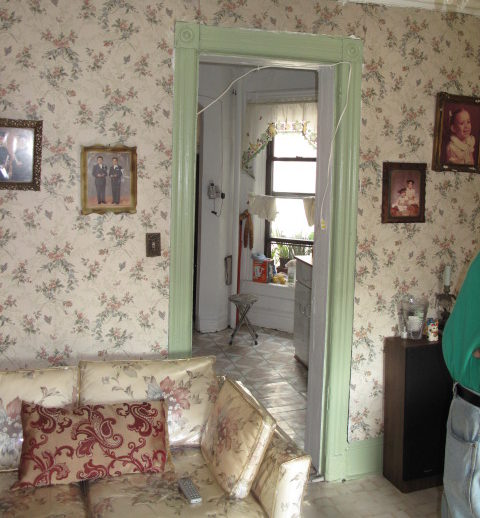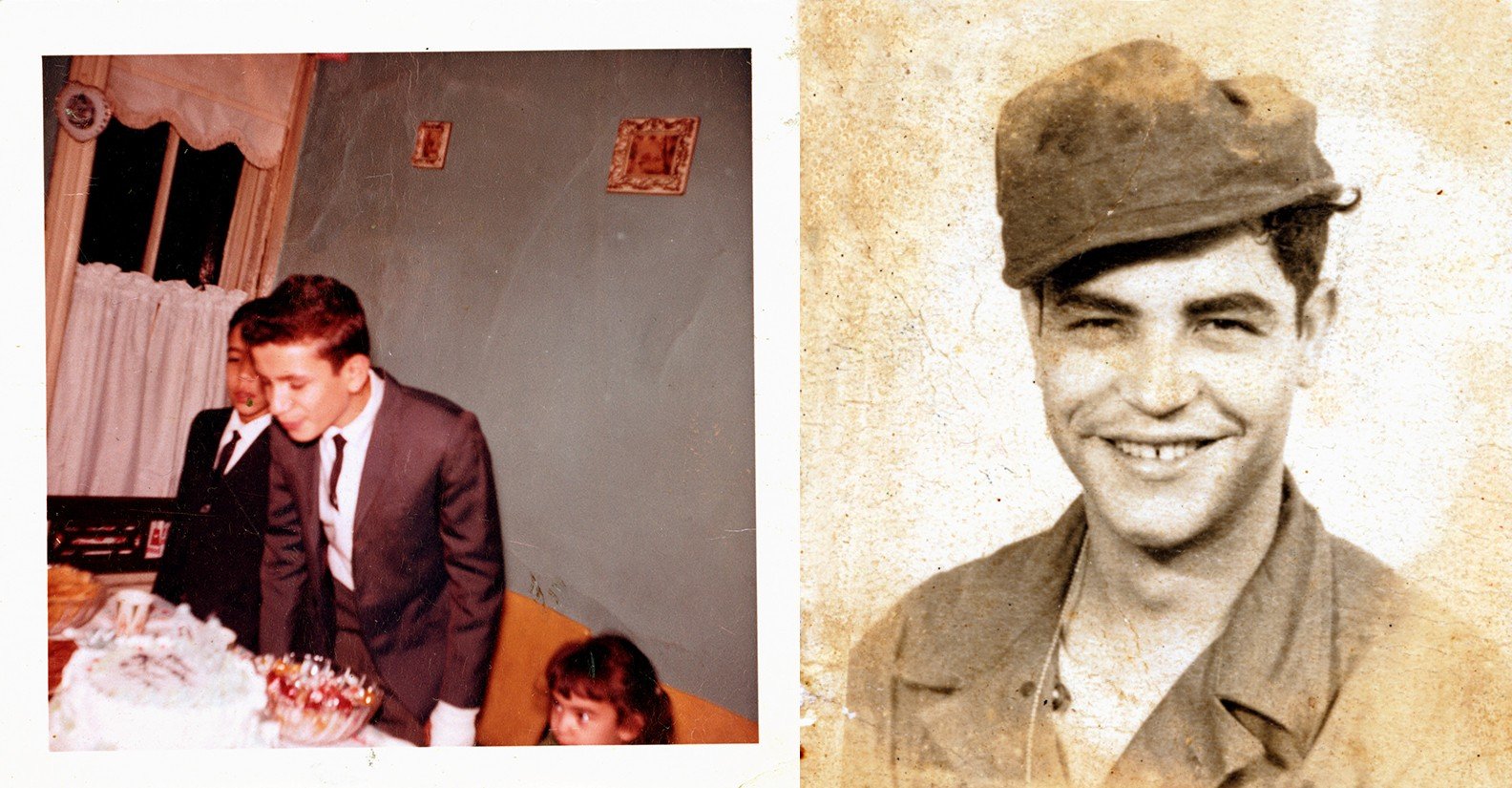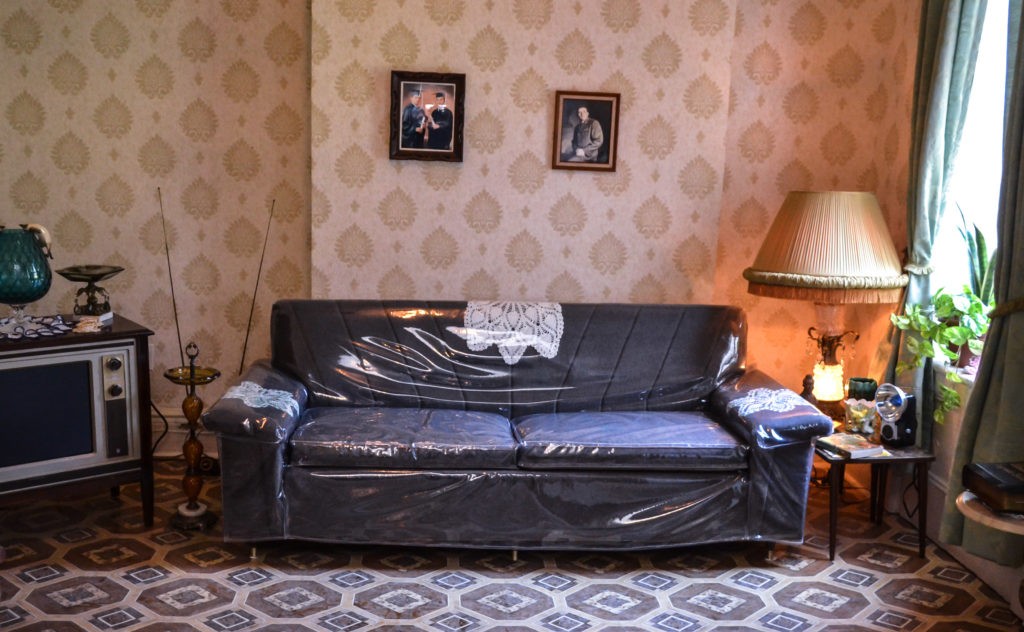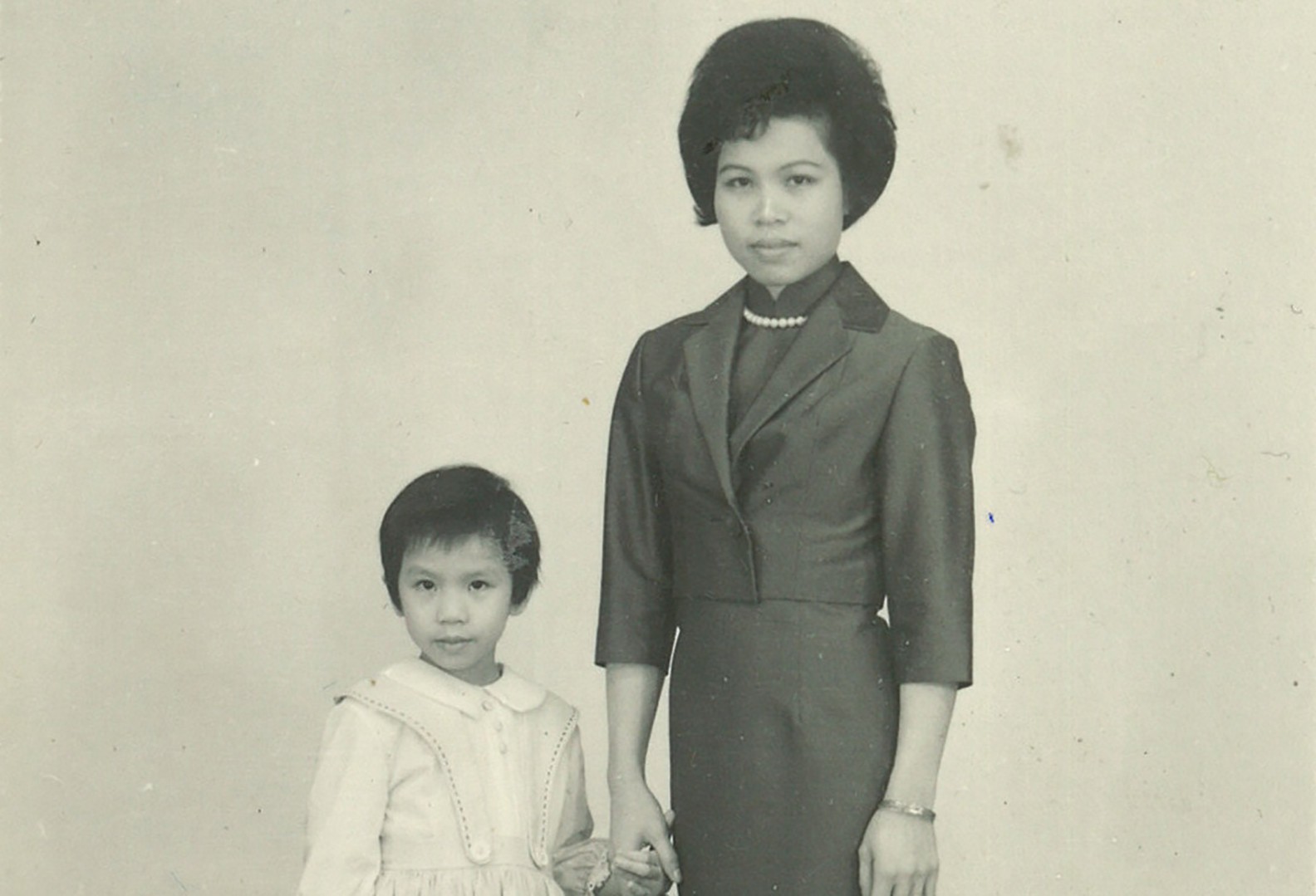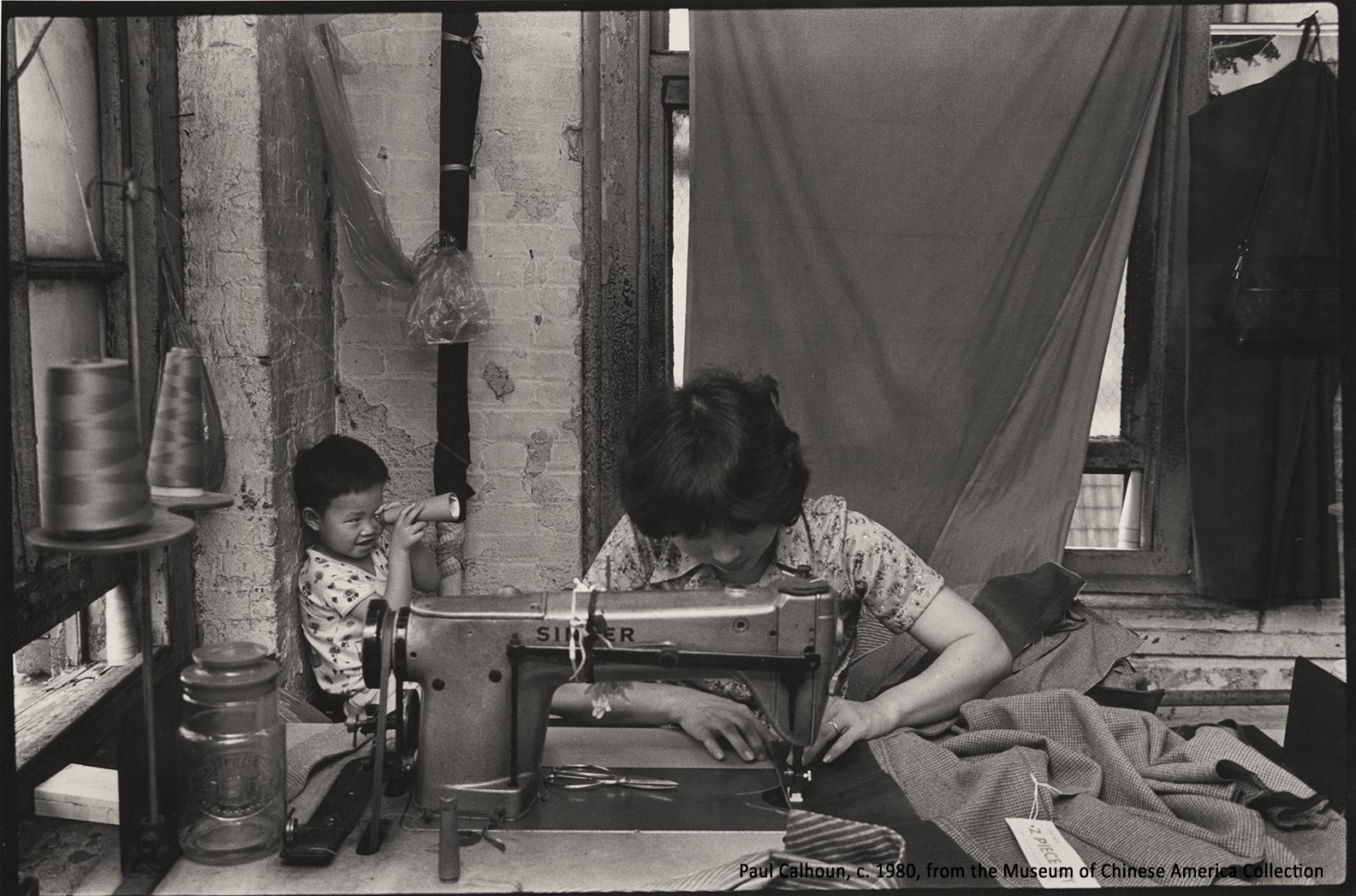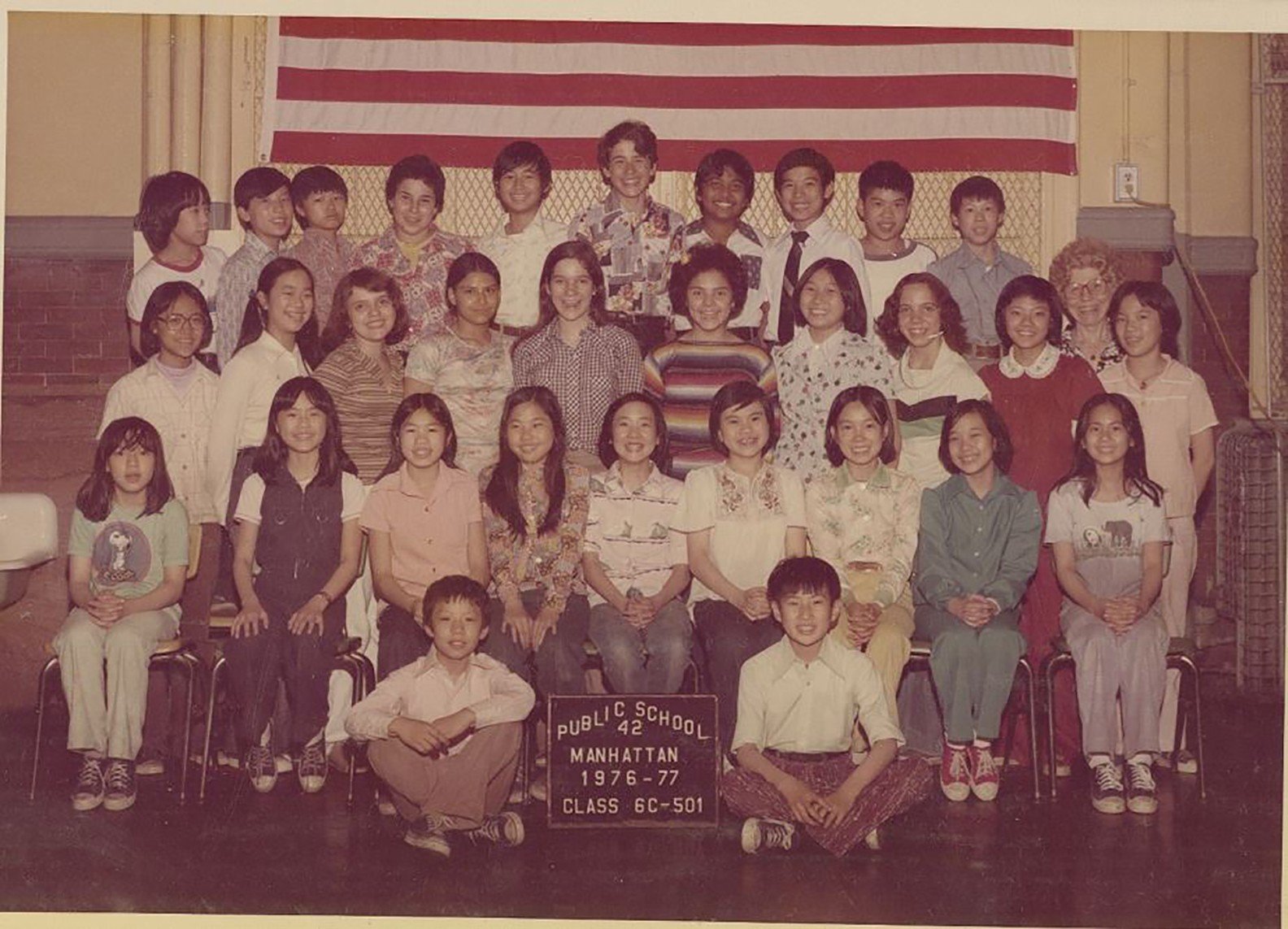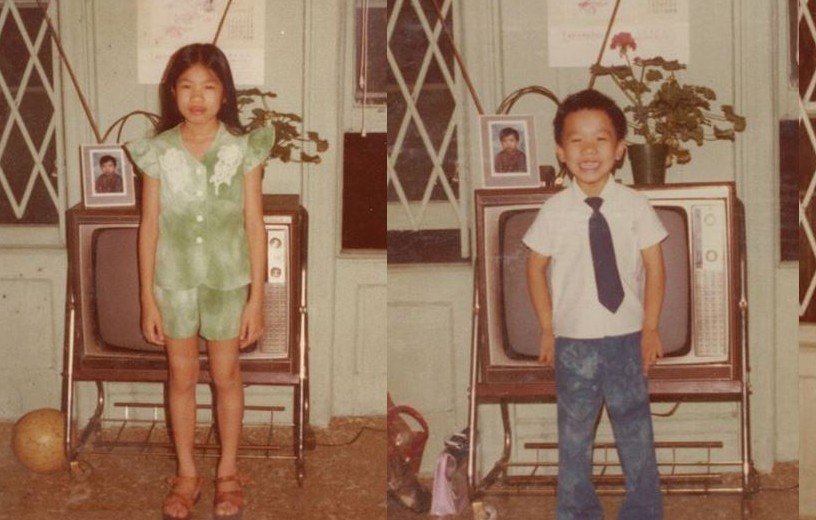Over its 127 years as a residence, 103 Orchard Street was home to more than 10,000 people who reflected the diverse immigrant and migrant populations of the Lower East Side. Built in 1888, 103 Orchard Street was originally three separate tenement buildings, each with 18 apartments. In 1913 construction began to transform the three separate buildings into one that would house 16 apartments. The families that resided in the tenements from 1888-1916 were European immigrants and their children, primarily from Germany, Ireland, Austria, and Russia, and shifted as demographics evolved to become home to more children and grandchildren of immigrants, as well as residents from Puerto Rico and China.
After World War II, the Lower East Side’s changing landscape reflected a shift in housing and immigration policies that were taking shape on the national level. The Johnson-Reed Act of 1924, which restricted Southern and Eastern European migration, contributed to the Lower East Side’s diminishing Jewish community. The reduction in immigration coincided with an increase in internal movement, mainly Puerto Ricans to the mainland United States and African Americans from the South. In 1965, the Hart-Celler Act removed the race-based quotas of 1924 and opened America’s doors to newcomers from other parts of the world, including Asia, the Caribbean, and Africa, and saw the strengthening of Lower East Side communities like Chinatown and Loisaida.
Our tours at 103 Orchard Street share the stories of newer families who came to the Lower East Side after World War II seeking a new chapter in their lives. These contemporary stories of migration reveal an evolving American identity and explore how neighbors lived alongside one another in a mixed neighborhood like the Lower East Side.

